This semester the Biology Department launched its first film series to “spark a conversation about biological themes and how students can get involved in research early during their time at Haverford.”
-
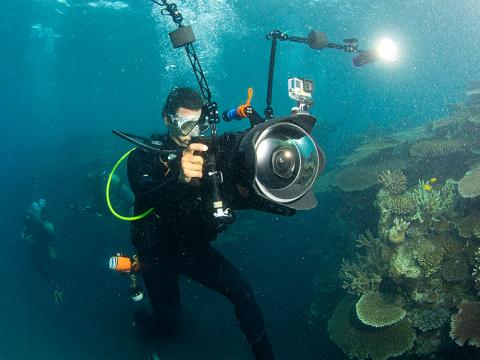
-

An exhibit in Haverford’s Magill Library, born of a spring 2017 history class, attempts to distinguish fact from fiction in examining William Penn’s Colonial-era treaty with the Lenape Native Americans.
-
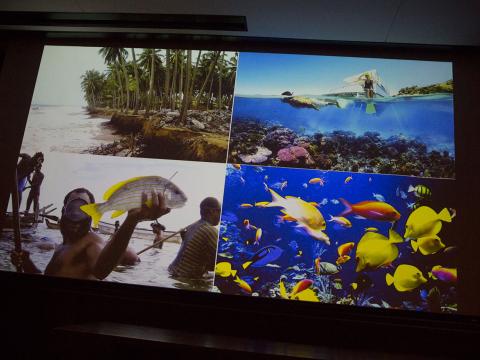
Students from “Advanced Topics in Biology of Marine Life” give a series of solution-oriented presentations introducing audience members to a variety of case-study analyses on the artificial impact to the world’s marine ecosystems.
-
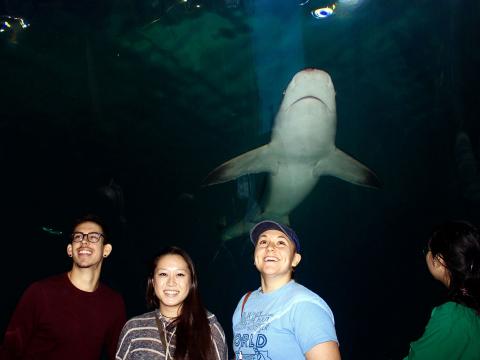
This biology course challenges students to confront issues relevant to human impacts on oceans and asks them to engage in a conversation about the best strategies and practices to mitigate these effects based on scientific knowledge.
-
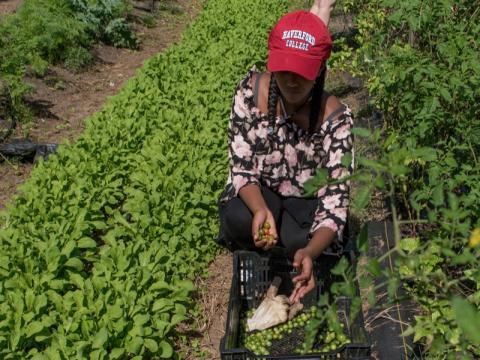
This team-taught, case-studies-based course is the College’s introduction to the Tri-Co Environmental Studies Program.
-
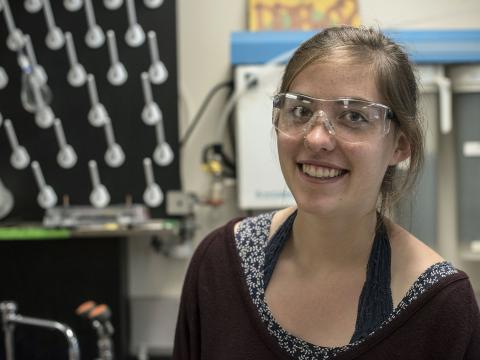
The research that the chemistry major conducted for her thesis contributed to a paper she co-authored with her advisor and other Fords that was recently published in the American Chemical Society journal Biochemistry.
-

Students and faculty from the departments of astronomy, biology, chemistry, computer science, engineering, geology, mathematics, physics, and psychology from the Tri-Co and beyond were invited to present posters and give talks about their summer research work.
-
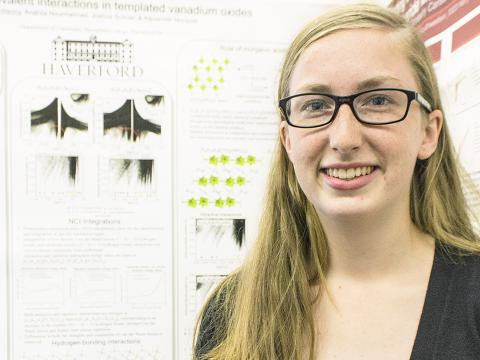
The recent chemistry major, who is now pursuing a Ph.D. at Harvard University, is one of only 5 percent of applicants chosen for the selective DOE Computational Science Graduate Fellowship.
-

This introduction to the methodologies used in the automated recognition and synthesis of human speech (used for such technologies as Siri and Amazon Echo) is cross-listed in the computer science and linguistics departments.
-
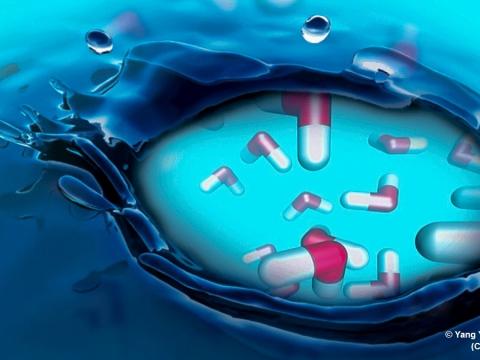
In this “Case Studies in Chemistry” course, students revisit the world about them from the perspective of chemistry, including food, cars, and fabrics.
-
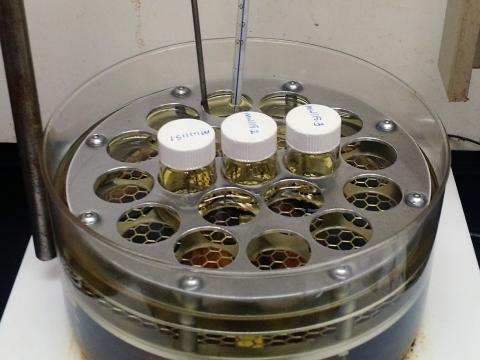
The chemistry major and environmental science minor used machine learning to search for compounds that could most efficiently function in solar cells.
-

The astrophysics major simulated galaxy formations to test the efficacy of galaxy merger detection methods.
-

The chemistry major drew from chemical and biological techniques in his thesis research to devise a faster route to a new antibiotic.
-

The biology major and neuroscience minor will be assisting NASA’s BioSentinel mission in the Silicon Valley.
-

The physics major produced theoretical calculations for his thesis to chart possible results of particle collisions.